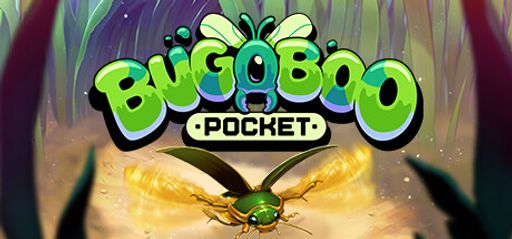I recently dove into Bugaboo Pocket by Elytra Games, and I must say the experience was unlike any other in the pet simulation genre. I appreciate games that blend relaxing gameplay with a healthy dose of strategy, and Bugaboo Pocket delivers both. As an ardent speedrunner, I tend to optimize every second I invest. This title forced me to reexamine how I manage in-game waiting periods and time-passive mechanics. Here is my in-depth review.
Overall Impressions
Bugaboo Pocket to me is a fascinating blend of pet care, idle mechanics, and ecosystem restoration. At first glance, the charming aesthetic and unique bug theme caught my eye. The game allows you to take on the role of a research scientist living in an isolated cabin with your bugs and penpal. My overall impression is a mixed one. I admire the ambition behind the game, but several aspects did not fully align with my speedrunning ideals. The development team’s attention to story details and artistic design is evident. However, the reliance on idle mechanics often slowed progress, which can be frustrating for someone with a penchant for speed and efficiency.
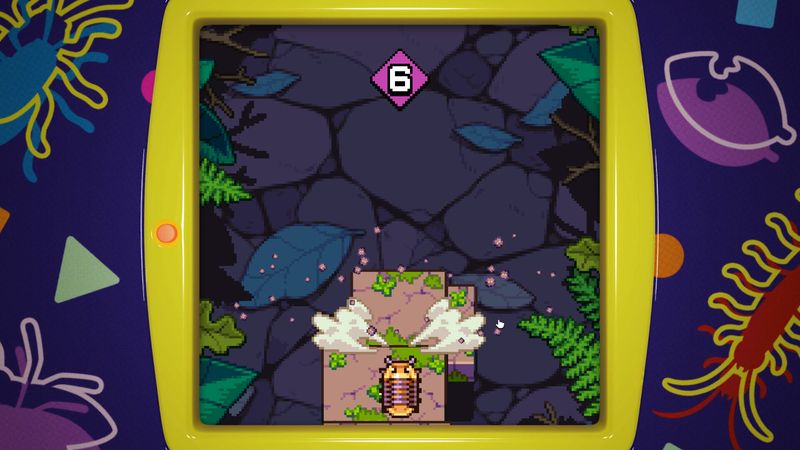
Gameplay Mechanics
Bugaboo Pocket is structured around caring for bugs. You feed them, pamper them with minigames, and decorate your cozy cabin. For my speedrunning endeavors, the game’s idle elements evolve into strategic waiting periods. On one hand, the waiting mechanic appeals to those who enjoy immersing themselves in a slow-build strategy. On the other, it creates prolonged dead time. I found that most of my playtime was spent waiting for bugs to grow, perform actions, or even pass away in order to progress. This delay can create tension for anyone who thrives on immediate feedback and fast-paced challenge.
The minigames are another central aspect. They provide intermittent bursts of activity that break the monotony of waiting. However, during certain story segments, you are forced to forgo these enjoyable diversions to maintain narrative progression. In one scenario, you must fail or abstain from the rewards of these minigames. This design choice left me with mixed feelings. While some players adore the challenge, I worry that speedrunners might find themselves forced into lengthy downtimes that disrupt optimized play strategies.
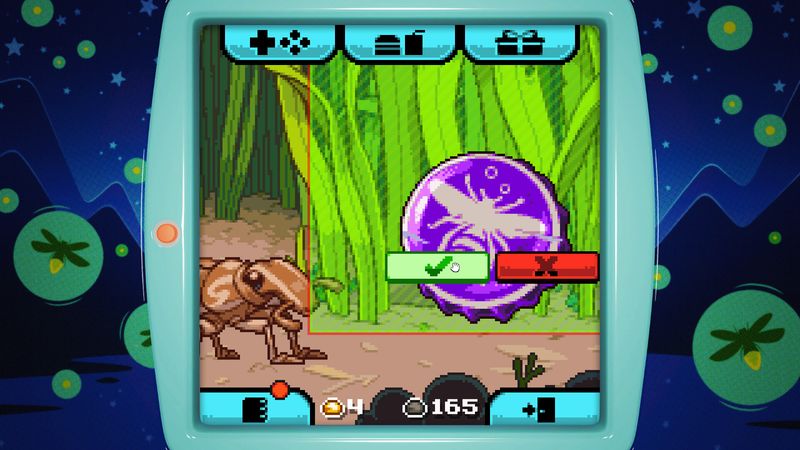
That said, I discovered clever ways to reduce wait times. Timing your upgrades and knowing when to switch between tasks helped reduce wasted seconds. I recommend fellow speedrunners build a routine that focuses on essential actions and bypasses redundant tasks. My personal tip: Set timers external to the game to track when bugs reach critical growth stages, so you can maximize your efficiency during periods of downtime.
Story and Characters
The narrative of Bugaboo Pocket is charming and heartfelt. You play not only for progress but also to help restore Beetleback Ridge after a devastating fire. I found the storyline quite intimate. It resonates with anyone who values healing and nature restoration. The characters, though not deeply developed, fit seamlessly into the game’s overall narrative. Your penpal and the bugs themselves exude personality in subtle ways. This combination of environmental care and a personal journey is refreshing and distinct from many traditional pet simulators.
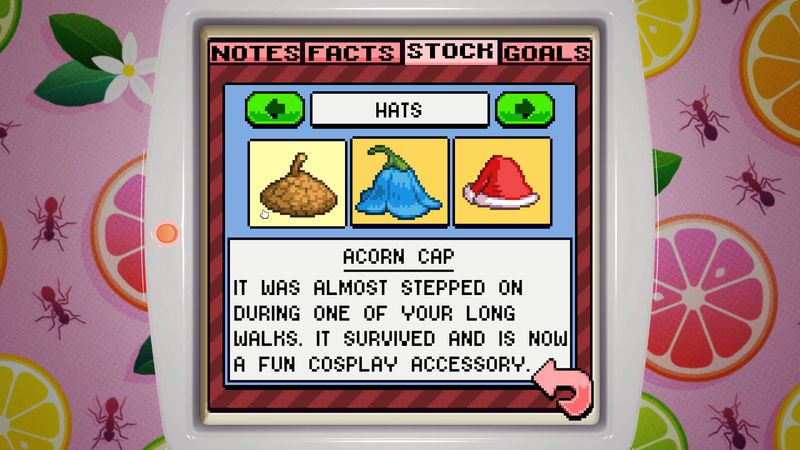
However, the narrative does come with its own pacing issues. The forced waiting periods interrupt the natural flow of storytelling. While developers clearly invested emotional energy into the world-building, these pauses can dilute dramatic tension and reduce engagement over extended play sessions. In contrast, players who enjoy a slower, more meditative pace may find the contemplative moments meaningful. For me, as someone who prefers a brisk pace, the narrative often felt secondary to the mechanical gameplay challenges.
Visuals and Graphics
Bugaboo Pocket boasts an inviting visual style. The graphics are both charming and distinctive. The bug designs are imaginative, full of character, and seem to reflect the diversity of life from land, air, and sea. The cozy cabin and its surrounding environment articulate a pleasing, rustic aesthetic that fits well with the game’s overall theme. Each element in the game is crafted with care and attention to detail.
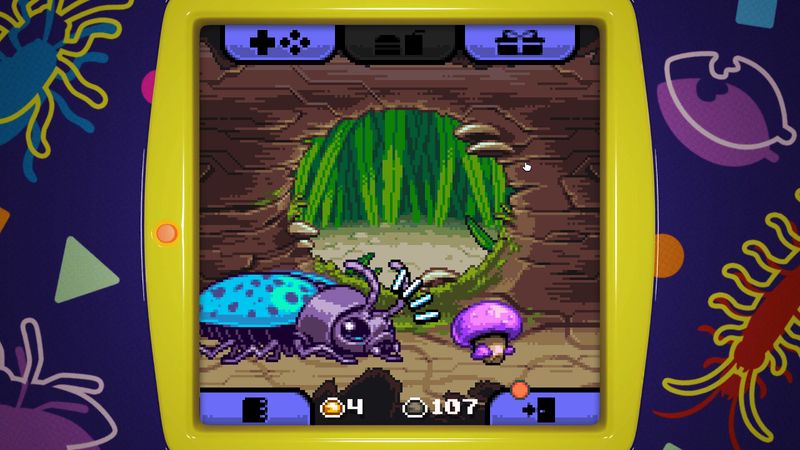
I particularly appreciated the balance between simplicity and artistic flair. The visuals contribute significantly to the overall immersive experience. They set a tone of gentle exploration despite the idleness inherent in much of the gameplay. For speedrunners, the artistry provides a calm backdrop that can make otherwise monotonous wait times feel visually engaging, even if they do not offer much interactive reward.
Sound and Music
The soundtrack in Bugaboo Pocket is wonderfully soothing. I encountered numerous moments where the soft ambient tunes allowed me to relax, even during extended wait times. The sound effects align well with the theme of bug care and nature, providing auditory cues that help signal various stages of bug development. Voice acting is minimal, which keeps the focus on gameplay and sound ambiance. It would be interesting to see more vocal character interactions in future updates.
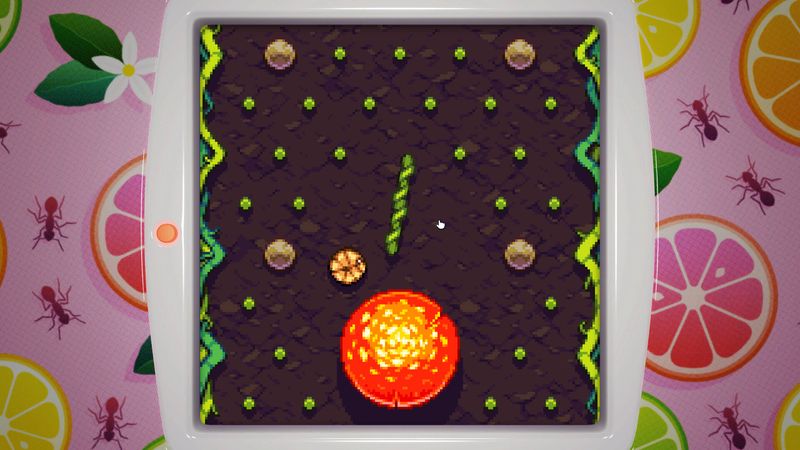
That said, while the sound add a layer of polish to the game, they do little to mitigate some of the drawbacks of its slower pace. I believe that a more dynamic soundtrack—one that intensifies during high-tension moments—could potentially enhance the later stages of the narrative and encourage players to engage more actively.
Difficulty and Replayability
Bugaboo Pocket is not traditionally challenging when it comes to fast reflexes or complex puzzles. Nonetheless, its challenge lies in its pacing and time management. For players like myself, who relish the opportunity to optimize play and convergence on speedrun techniques, the game can feel both stimulating and frustrating. The need to wait for in-game timers to finish before progressing makes it difficult to achieve optimal run times in competitive speedrunning.
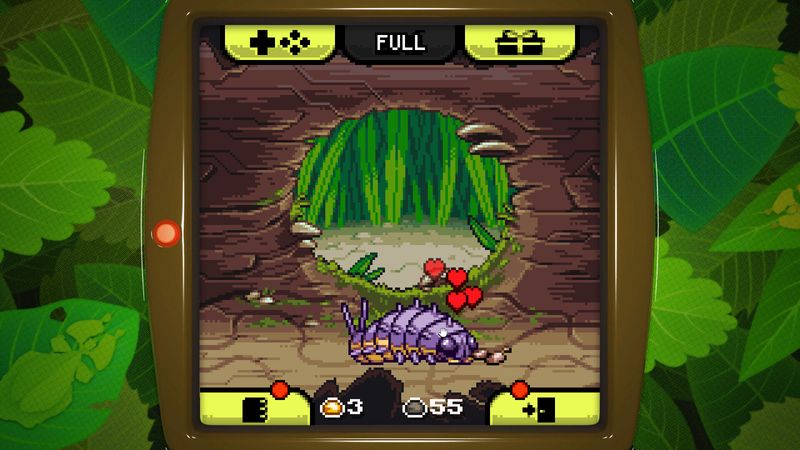
Replayability is another factor to consider. While the game has a dedicated fan base that enjoys its idle components, its repetitive nature may deter others from extended play. One review mentioned how the repetitive process of leveling a bug and waiting for its natural lifecycle can feel tediously cyclical. Yet, for those who employ multitasking strategies—such as running the game in the background during other activities—the experience becomes more tolerable. Personally, I believe that the game would benefit greatly from offering varied challenges that disrupt the monotony of repeated cycles. Boosters that allow for shortened wait times or dynamic events that encourage a more interactive pace would enhance both replayability and overall engagement.
Developer Insights and Behind the Scenes
Elytra Games has made commendable strides with Bugaboo Pocket. They have demonstrated that even within a niche genre, innovation is possible. Their ongoing updates and new mechanics since the demo have improved the overall experience, as noted by several enthusiastic players. It is clear that the development team is listening to feedback. Rumors of planned updates to add more interactive elements promise future improvements. As a passionate speedrunner, I eagerly await these enhancements that may resolve some of the current pacing issues.
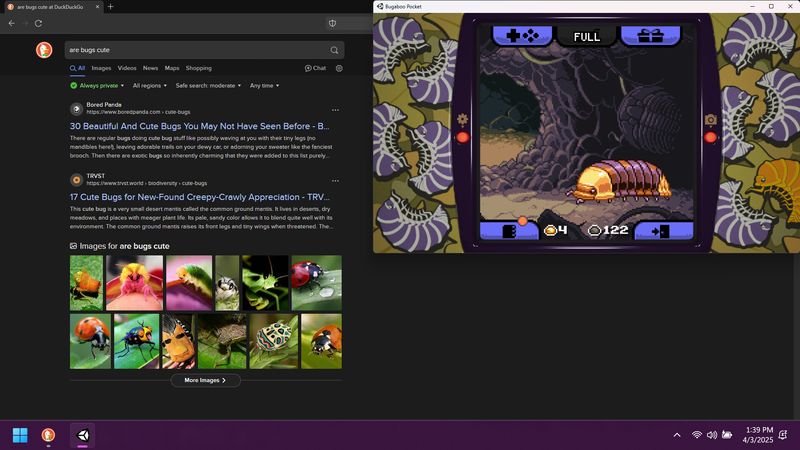
Final Thoughts and Rating
Bugaboo Pocket is a unique pet simulation that offers a charming story and inviting visuals. It stands out for its detailed bug care mechanics and gorgeous setting. However, the game falls short for those who hate prolonged wait times and repetitive cycles. For speedrunners like me, it is essential to adopt clever optimization strategies to derive enjoyment from its idle gameplay. If you enjoy strategic planning and have the patience to handle downtime, this game offers a subtle yet fulfilling experience. Conversely, if you prefer constant action, you might find yourself frustrated by the pacing.
After careful consideration, I rate Bugaboo Pocket 3 out of 5 stars. The game has a wonderful artistic and narrative design, but its pacing leaves room for improvement. I anticipate future updates will address some speedrunning concerns, making the wait worthwhile for a more engaged play experience.
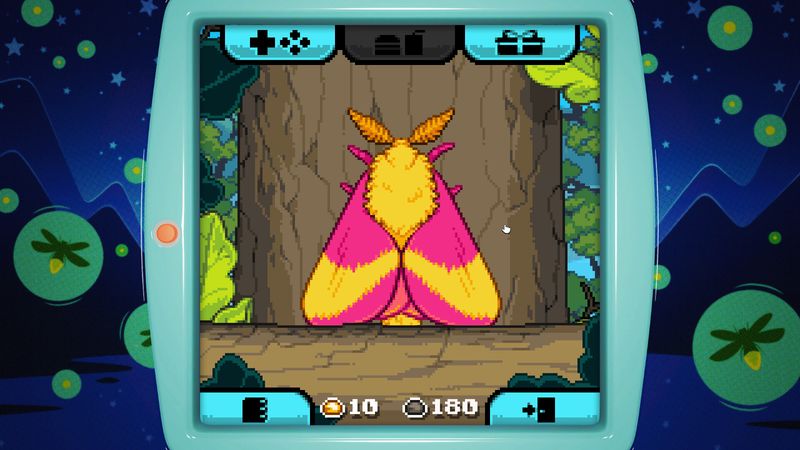
I recommend Bugaboo Pocket to gamers who relish strategy in game mechanics and have a fondness for bug-themed environments. Employ time management techniques and multitask during waiting periods. This approach will help you appreciate the intricate details in the game’s design while steadily progressing through its calmer pace. Happy speedrunning, and may your bugs thrive on Beetleback Ridge!

